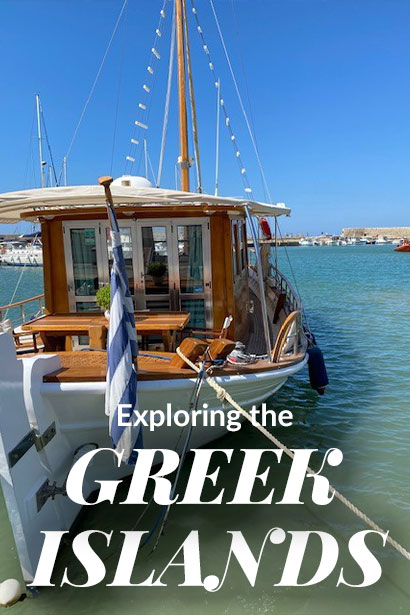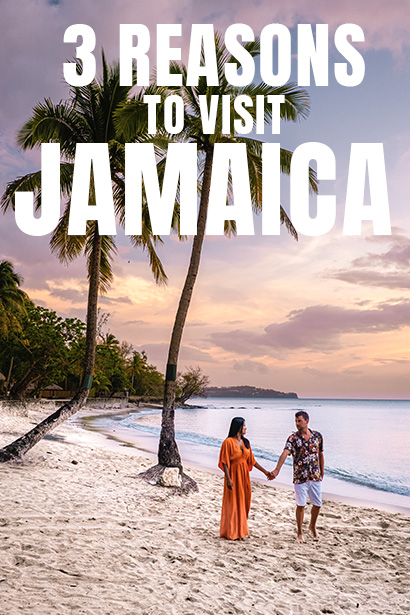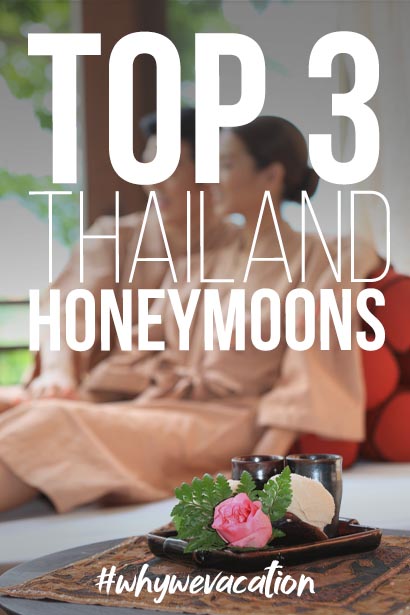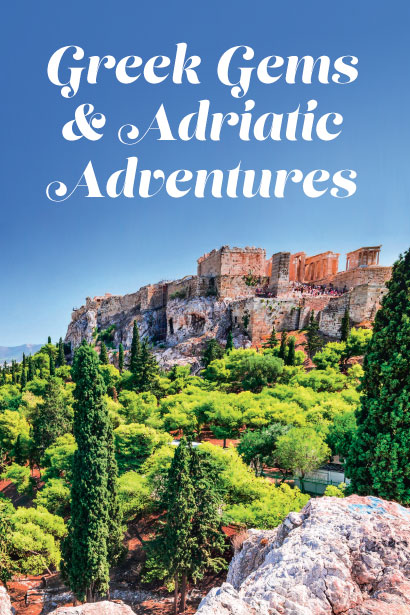

Idyllic Saint Vincent and the Grenadines
SELECT & REPLACE WITH ANOTHER TEMPLATE

Saint Vincent and the Grenadines
SELECT & REPLACE WITH ANOTHER TEMPLATE
We’re exploring Saint Vincent’s capital, Kingstown (known as the “City of Arches”), a modest city with two main streets snaking up the hillside from a harbor built on land reclaimed from the deep arc of Kingstown Bay. As we walk, my guide Julicia John, co-owner of Affection Tours, points out the gray brick buildings constructed from ballast stone left in Saint Vincent by 18th-century trading ships, with sugar and spices packed for their return trips to Europe.
Kingstown’s oldest streets shelter under the Georgian-style stone porticoes that support overhanging second-floor warehouses: perfect respite from the sun and storms that are the Caribbean’s constant companions. I’m inside Saint Vincent’s Anglican Cathedral, where the scorching heat of midday has given way to a reverent musty dimness. Cool radiates from the tiled transept floor through the soles of my sandals, but high above my head the window is aflame, the vermillion-robed angel on it ablaze with sunlight. This fiery scarlet centerpiece of the stained-glass window, so the story goes, caused such consternation with Queen Victoria, who had commissioned the glasswork in honor of her grandson, that it never found its intended home in London’s St. Paul’s Cathedral. Lacking the respectful white robes requisite of a Victorian angel, the window was later gifted to the bishop of the Caribbean’s Windward Islands. England’s loss, Saint Vincent’s gain, I say. The window is powerfully beautiful, the angel descended as if from some joyfully technicolor heaven, and it’s some minutes before I tear my eyes away to notice the church’s chandelier. The giant, gilded wood centerpiece is also, legend has it, of English origin, lost at sea and salvaged from a shipwreck.
The market, a few blocks away, is more a case of function over form, a purpose-built concrete block that opened in 2021 to rescue vendors from the heat of Kingstown’s streets. It’s a colorful showcase of the impressive bounty of Saint Vincent, an island whose fertile volcanic soil yields much of the fruit and vegetables consumed in neighboring islands in the West Indies. Aisles are fragrant with nutmeg and mauby bark used in medicinal teas to “clean the blood.” Among the rainbow of tropical fruits, treasures include rough blocks of island-made chocolate and bags of sea salt from Union Island in the Grenadines.
SELECT & REPLACE WITH ANOTHER TEMPLATE

Bay of Port Elizabeth, Bequia
SELECT & REPLACE WITH ANOTHER TEMPLATE
Saint Vincent is by far the largest and most populated of the 32 islands and cays comprising the southern Caribbean nation of Saint Vincent and the Grenadines, and is the regional hub for travel and trade. A new international airport opened here in 2017, but the island remains low-key as far as international hotels go. We leave Kingstown driving along the former airport runway, now a road overlooked by a lively bar set in the old control tower.
Heading northwest, small farms growing groundnut, ginger and root vegetables such as sweet potato and dasheen, are terraced into the hillsides rising out of Kingstown Bay. We stop just outside Layou, a fishing village that has a new Sandals Resort as its neighbor — so far, the only international brand to make inroads into Saint Vincent’s landscape of locally run hotels. Layou’s pier is heaped with the float-weighted seine nets used in traditional fishing.
“Divers go ahead with a snorkel to locate the fish, then boats follow and drop the nets,” says Quency, Julica’s husband and co-guide. “Men and women, whole families learn the skills, catching yellowfin tuna, snapper and dolphin (mahi-mahi). And, of course, jackfish, which is fried up for our national dish, served with roasted jackfruit,” he adds.
We follow the coastal road north as it curves, dips and climbs around rocky bays and small villages where gardens are thick with fruit trees. “Almost everyone has coconut and plum trees in their gardens,” says Quency. “We make black wine from plums. The best stuff is aged in rum barrels, but the recipes are secret, burned into a Vincentian’s DNA. They’ve tried to make it on other Caribbean islands, but it doesn’t come close,” he grins.
Saint Vincent is perhaps better known for its other black beverage, Hairoun, a local beer named after the original Carib name for the island, Hairouna, which means “land of the blessed.” Even today, this definition remains writ large in the sparkling, black volcanic sand beaches strung along Saint Vincent’s rugged coastline. And in fertile, coastal hills that rise sharply to a lushly forested hinterland webbed with waterfall-studded trails where hikers can still encounter such rarities as the endemic and endangered Saint Vincent Amazon parrot. At its tip, those trails climb steeply to reach the moonscape summit of La Soufrière, the stratovolcano still smoldering from its 2021 explosion.
In fact, such is Saint Vincent’s rugged drama that while location scouting for the Pirates of the Caribbean movie series, Disney chose the island for its virtually untouched terrain, a pristine landscape that could easily date back to the rum-running days of the 18th century.
SELECT & REPLACE WITH ANOTHER TEMPLATE

Tobago Cays
SELECT & REPLACE WITH ANOTHER TEMPLATE
Up and Away
Rum and fun are the order of the day in the Grenadines, white-sand-haloed islands and pristine coral cays that are the preserve of yachties, kitesurfers and — in the case of islands like Mustique and Canouan — billionaires with private jets at their command. But with its network of efficient, island-hopping ferries, yachts and planes, Saint Vincent and the Grenadines is easy to explore whatever your budget — and VIP views abound.
Everyone — locals and visitors alike — on the little 18-seater propeller plane I board in Saint Vincent, has their noses pressed to the windows, oohing and aahing at the scenes below. From the air, the island looks like it’s been perfectly outlined in black, sketched with volcanic chalk. Neighboring Bequia soon looms into view. Its dragon-like spine of green twists through deep arcs of white sand fading into turquoise shallows that deepen and darken through a mesmerizing palette of blues into the peacock-hue of the eastern Caribbean Sea. Barely 15 minutes later, we touch down on Union Island. With a population of around 3,000 people, this coral-fringed Grenadines’ hub is a popular anchorage for those exploring the region by sail. But at just 3 miles long and 1 mile wide, with few cement roads and more free-roaming goats than tourists, Union is a blissfully rustic retreat. The island’s hilly interior, carpeted in tracts of tropical dry forest, brims with biodiversity, including a species of gecko discovered as recently as 2005. Led by guides from Union Island Environmental Alliance, I hike trails through dense tracts of white cedar, kapok and “haul back” (acacia) trees, so-called locally for the tiny, barbed spikes on leaves that snag careless passersby. A concentrated hush falls as we walk, to help us avoid getting tangled but also for the team to sharpen its focus: these prized lizards are no larger than a paperclip. The guides go ahead, careful to keep the geckos’ exact location unknown, safeguarding them against poachers. They return with two tiny creatures carefully contained in a lensed specimen dish, their jewel-like scales recalling tropical fish.
Such natural wonders come thick and fast in Union. At Ashton Lagoon, on the south shore, I spend an afternoon strolling along the sandy, shady walkways and little bridges crisscrossing what are the Grenadines’ largest mangroves. A key spot for bird-lovers, the lagoon and mangroves are home to the likes of whimbrels, magnificent frigatebirds, royal terns, plovers, sandpipers and herons. Abundant species have flocked back here since 2019, when local environmental group SusGren completed a renovation project to revive and protect the fragile mangrove ecosystem after it was damaged by a failed marina project.
Not just a home for migratory birds, mangroves are a vital nursery for reef fish, and sustain a network of marine life with nutrients, cool water and high levels of oxygen. Union’s biodiverse shores welcome healthy populations of green, hawksbill, leatherback and loggerhead turtles. I skirt its coastline seeking them out in a zippy speedboat from Clifton Harbour. “I take people as far as Martinque sometimes,” says guide and boat captain Quency John, co-owner of Affection Tours.
Turtles are his mission today, and we decide to motor into Tobago Cays Marine Park, moments from Union’s shores. I’m tempted to stop en route at Happy Island, a floating bar made out of conch shells, but it’s hot and the sea is calling. Once we’re in the park we soon spot them: two snouty hawksbill turtles, nostrils puffing above the surf just beyond the little island of Baradal.
“They feed on the seagrass here,” says Quency. “So we’re not allowed to anchor, as it disturbs the seabed.” Instead, snorkelers jump in from their boats, or charters stop briefly near Baradal’s beautiful arc of talc-white sand, for passengers to wade out and swim with turtles who tumble and glide in pristine, aquarium-clear water. Later, we motor around Petit Tabac, the barely-there sand spit used as another Pirates of the Caribbean location, in The Curse of the Black Pearl.
SELECT & REPLACE WITH ANOTHER TEMPLATE

Princess Margaret Beach, Bequia
SELECT & REPLACE WITH ANOTHER TEMPLATE
Two hours away, on the island of Bequia, a fruit punch sundowner comes with Sparrow’s, the dark spiced Saint Vincent rum named after the 17th-century brigand John “Sparrow” Ward who inspired the movie franchise. I’ve made my way from Bequia’s Port Elizabeth harbor, following Belmond Boardwalk as it snakes the coastline along the deep arc of Admiralty Bay, to reach the Whaleboner. The island’s oldest family-run restaurant recalls Bequia’s harpooning heritage with old whalebones fashioned into barstools. Its double-entendre name, meanwhile, nods to the tumescent passion U.S. navy sailor Albert Hinkson had for local lady Angela Glynn — enough to settle in Bequia, marry her and found the restaurant.
Many more stories will emerge in my coming days on Bequia — on Princess Margaret Beach where the British royal swam in the 1950s, en route to her beloved Mustique, and with Bequia’s boat builders whose long tradition of handcrafting models produces exquisite wooden schooners, yachts and rigged rowing boats. While up on Mount Pleasant, surrounded by fragrant forests of ylang ylang and cashew, and views across the Grenadines to Grenada, I see the ever-present wisps of white drifting across the peak that gave early Arawak tribal settlers Bequia’s original name, Island of the Clouds. But for now, rum in hand, I’m content to watch the sun as it sinks and burns, turning to the fiery red of a Saint Vincent angel’s robes.
SELECT & REPLACE WITH ANOTHER TEMPLATE



